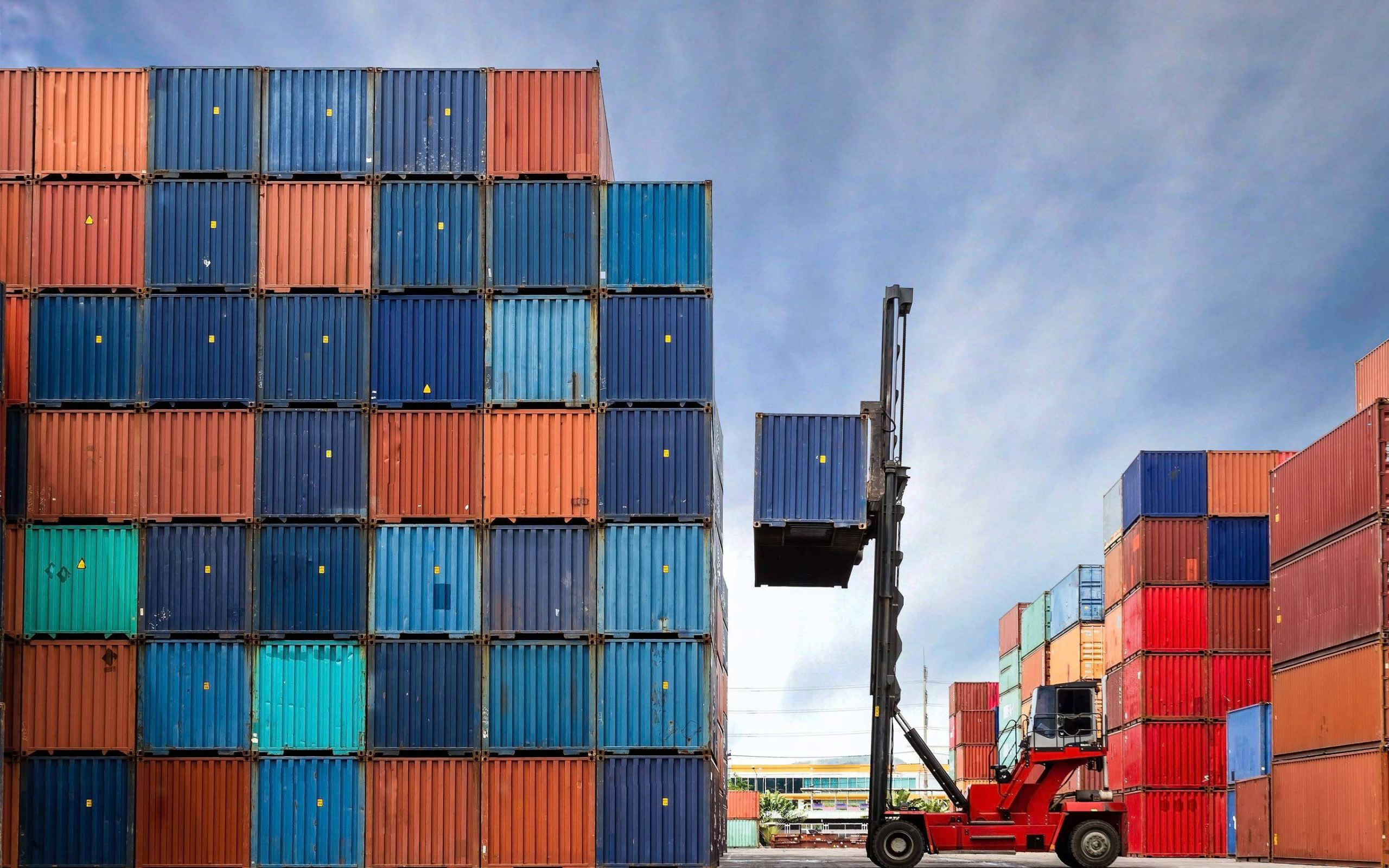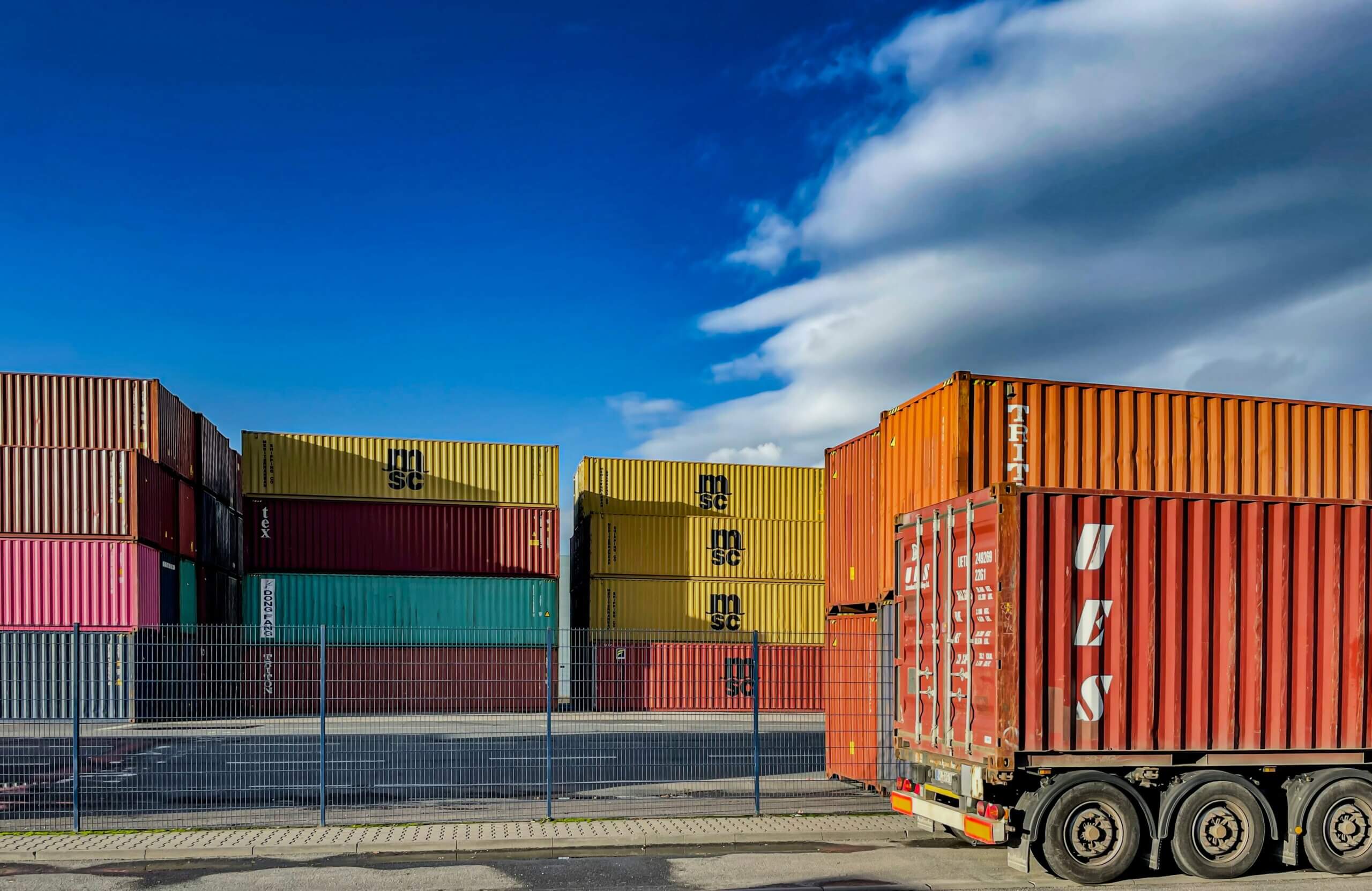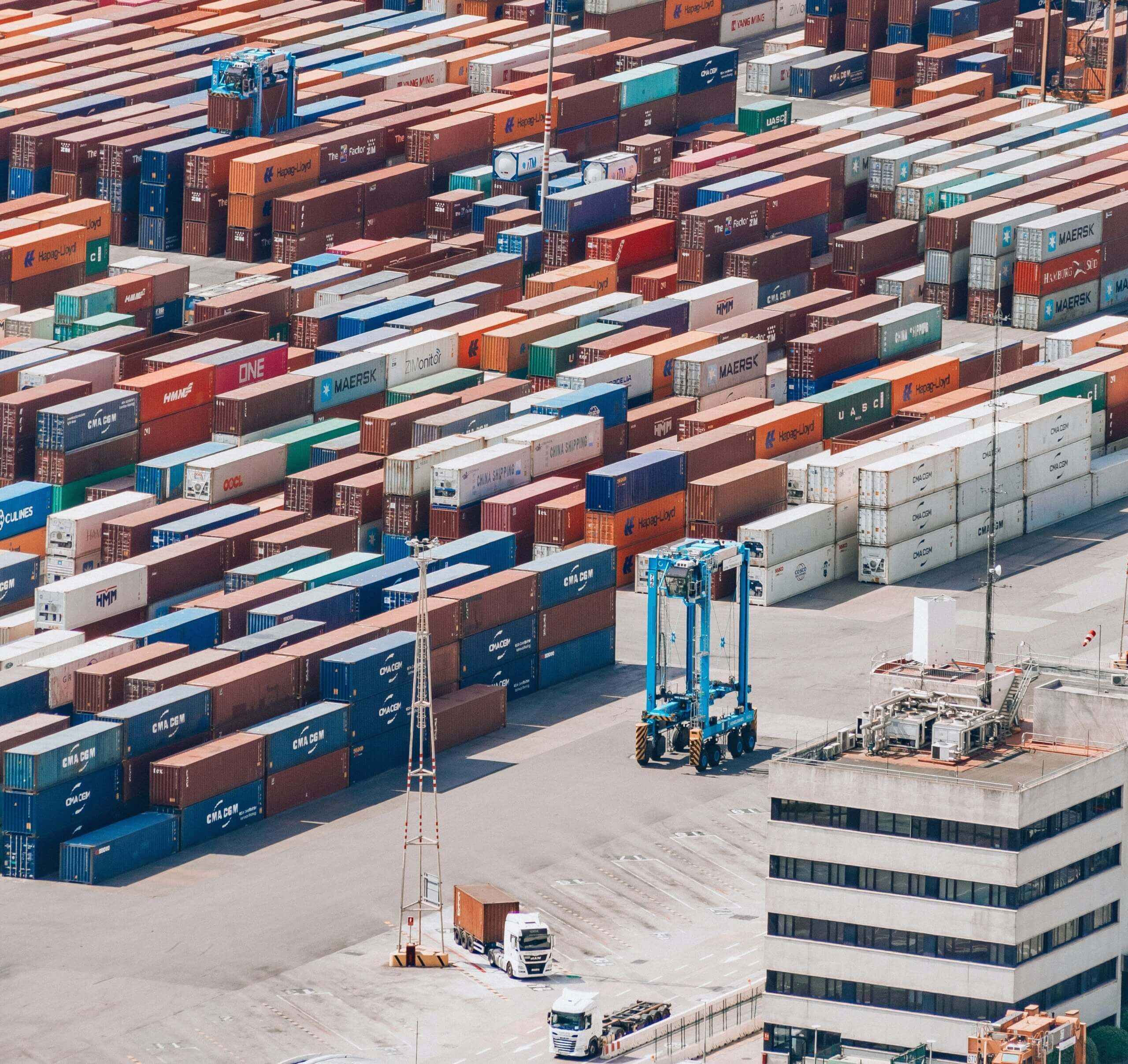It’s been three weeks since Amazon announced it was buying Whole Foods for $13.7 billion, sending shockwaves across multiple industries. The eCommerce giant, which is expected to increase quarterly revenue from $30.4 billion last year to $37.18 billion, adds the specialty grocer to a list of strategic partnerships and acquisitions with established names. The initial news was met with surprise and speculation, and now that the world has had some time to process this massive acquisition, we take a look at the impact this might have on transportation and logistics.
Last Mile Distribution
Amazon’s recent foray into grocery delivery with AmazonFresh has been front and center during speculation about why they chose to absorb Whole Foods. The popular theory, mentioned here by Beth Kowitt of Fortune, is that Amazon plans to use these locations as hyper-local distribution centers for AmazonFresh, “These brick-and-mortar locations instantly give it a national physical presence, as well as a network of mini distribution centers.”
It would make sense that Amazon might be ramping up its strategy for last-mile grocery delivery. They’ve nearly perfected the art of hitting delivery windows with Amazon Prime’s retail offerings, but fresh, perishable food is an entirely different challenge, especially when they offer customers the option to select two-hour delivery windows. Absorbing brick and mortar locations in major metro areas across the United States provides Amazon with resources within miles of a large portion of their consumership, but that doesn’t solve every issue.
Not everyone is convinced Whole Foods will factor into Amazon’s distribution network, at least in a way that has immediate impact.
Potential Hang Ups
Patrick W. Watson of Forbes argues against the acquisition factoring into Amazon’s logistics strategy, stating, “The stores don’t have much extra space. They can be grocery stores or warehouses but not both.” While that might be an issue, this year has already seen plans from retailers like Target and Walmart considering changes to their store layouts in order to re-purpose brick and mortar locations for distribution. If Amazon plans to do something similar with Whole Foods locations, they certainly have the resources available. Reuters’ Jeffrey Dastin adds to this doubt, stating that there simply aren’t enough Whole Foods locations to allow for the level of distribution needed for full-scale online grocery retail, “Since many outlets lack the floor space to handle thousands of online orders.
Amazon Helps Whole Foods With Replenishment
As much as Whole Foods can help Amazon, it’s not hard to see how much more Amazon can help Whole Foods. In the past, Whole foods has been known to have problems with their supply chain, making replenishment an issue. Amazon’s massive supply chain is likely to improve replenishment at Whole Foods, making them more profitable overall. The two companies both have strengths and weaknesses that seem to fit together in a beneficial way.
Amazon’s current grocery retail strategy is also likely to come into play with Whole Foods. With Amazon Go, customers are able to simply walk into the story, grab the items they want, and walk out. This has been limited to very few locations, but the possibility of bringing it to many nationwide is exciting to consumers, especially if popular items are able to remain in stock.
At this point, we’re gaining more in the way of questions than answers, but it’s difficult to imagine Amazon making their largest purchase to date without at least considering the implications it will have on logistics. One thing is certain—it’s going to be interesting to see what happens with Amazon and Whole Foods.



